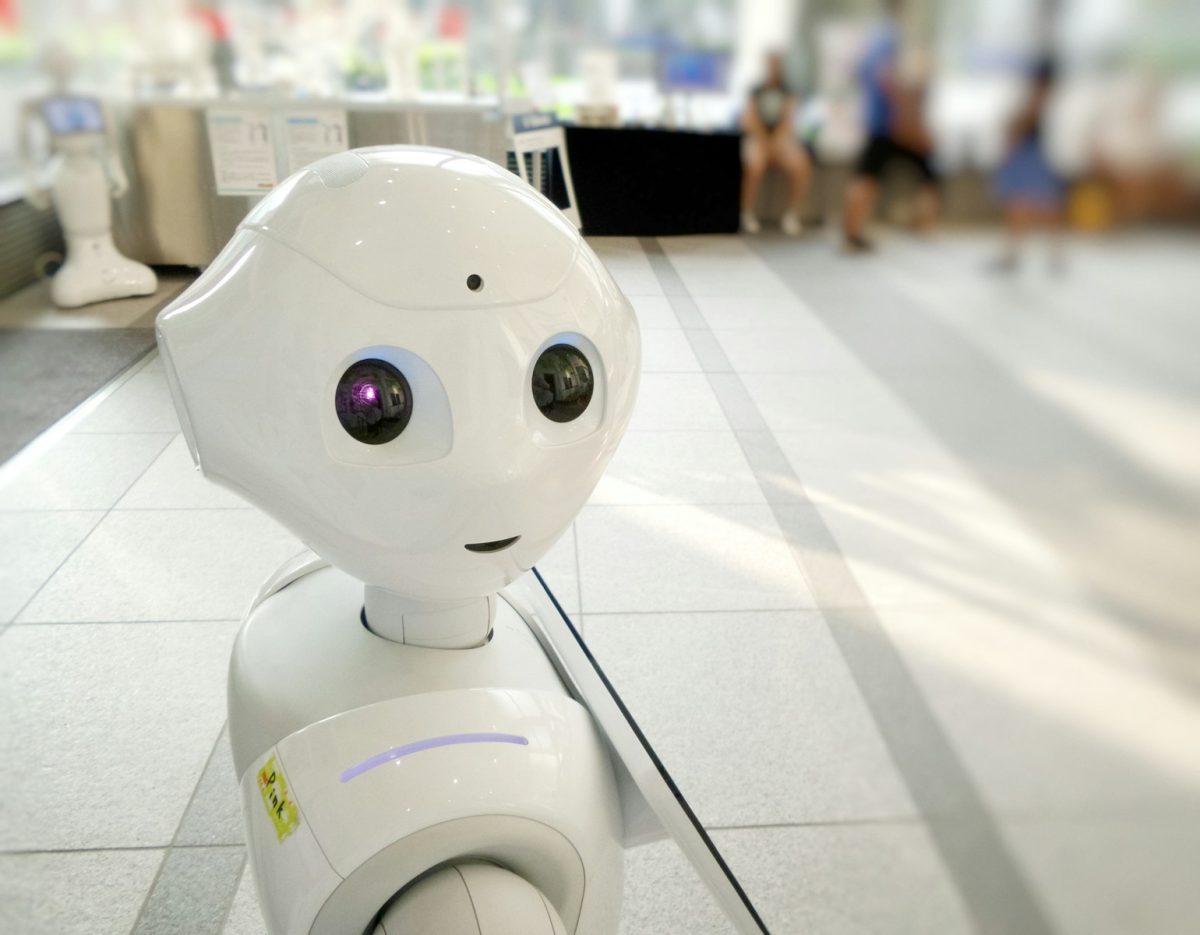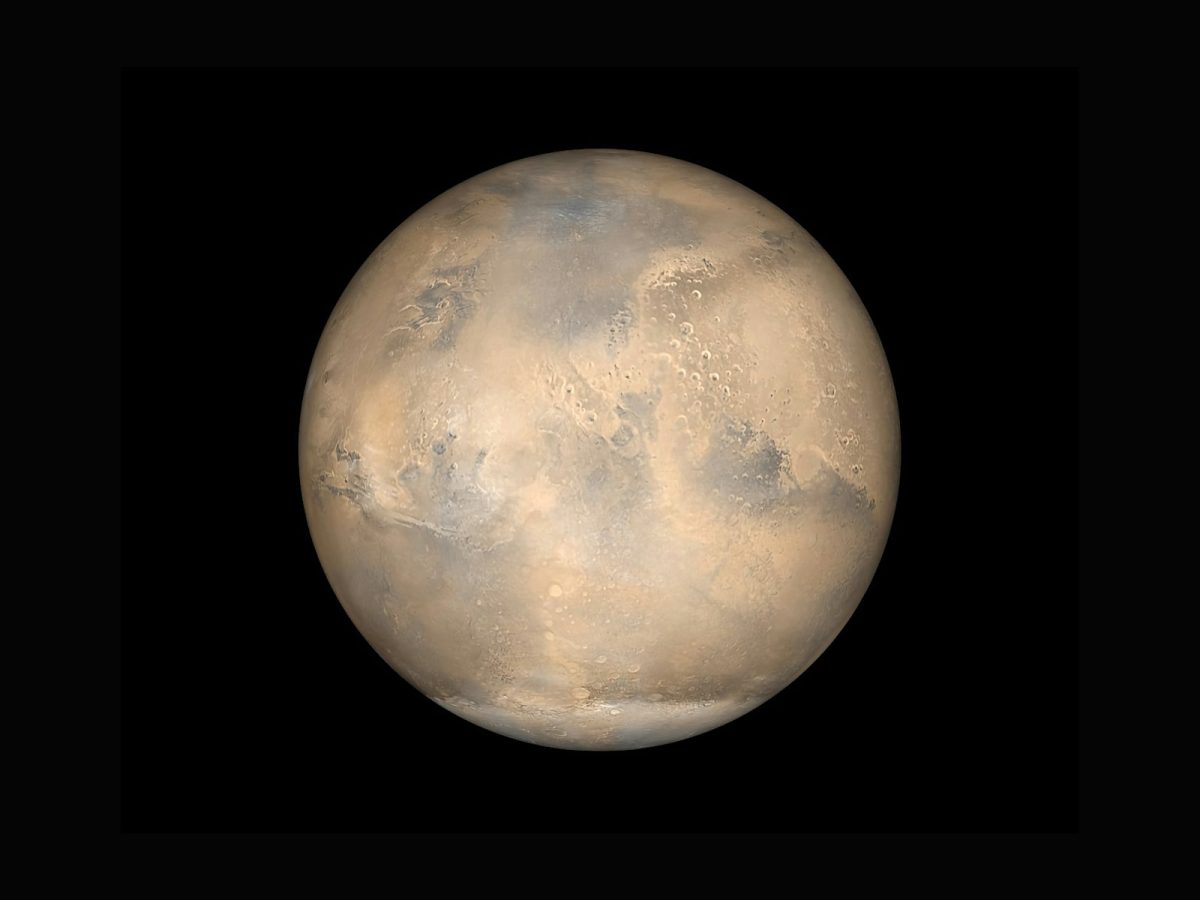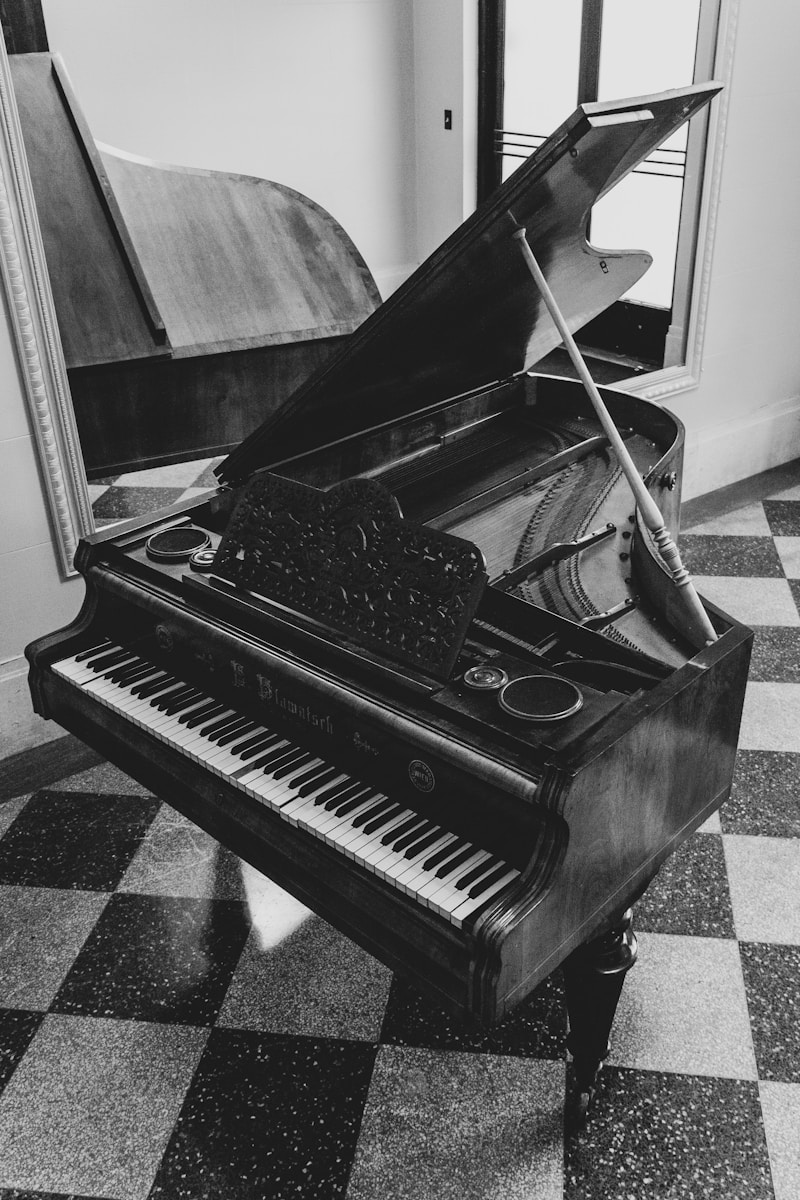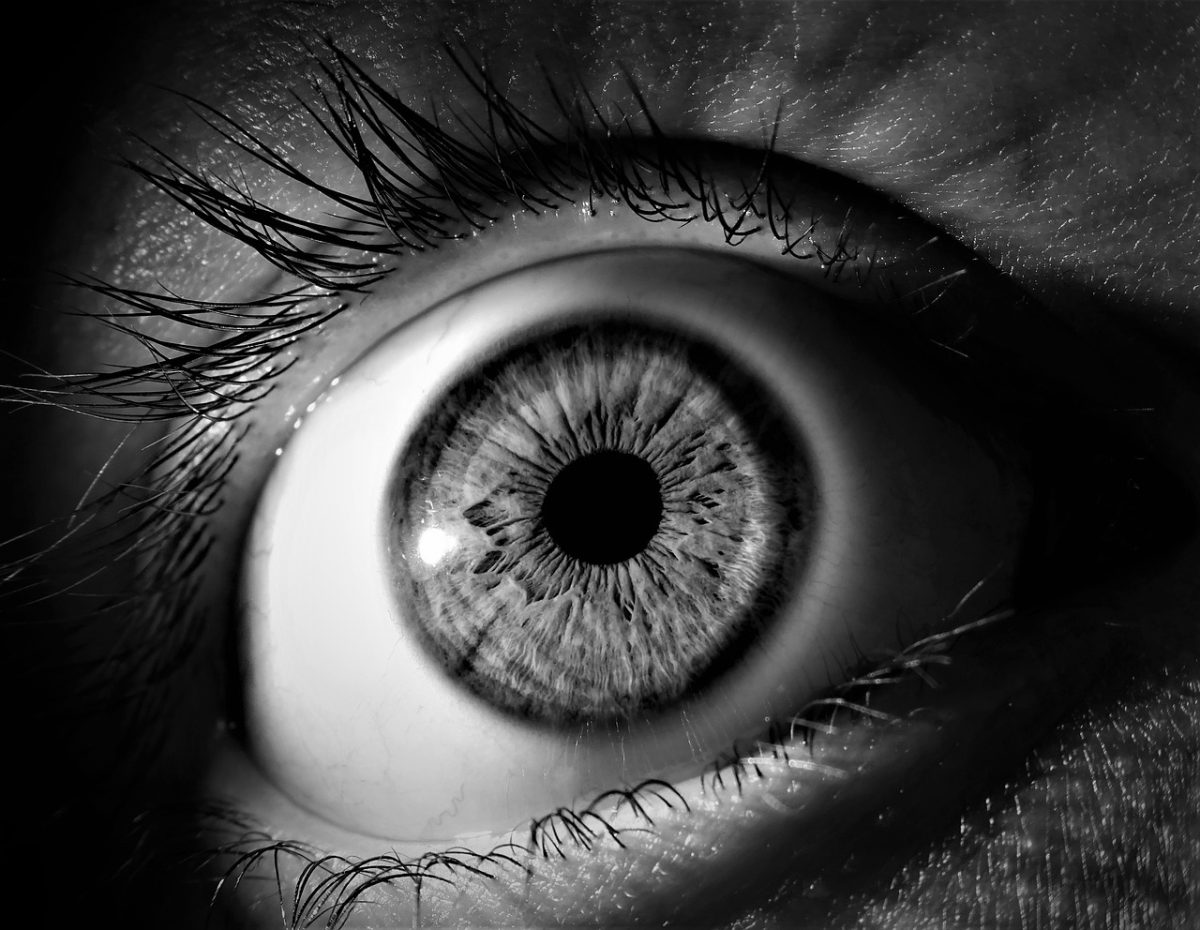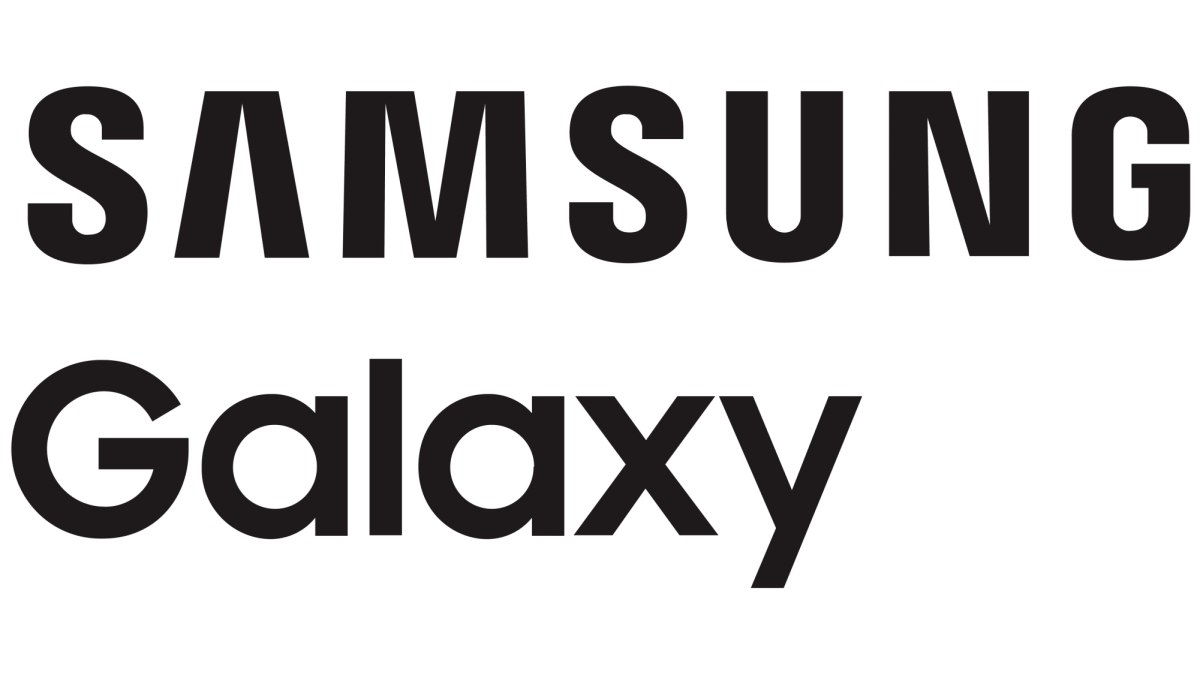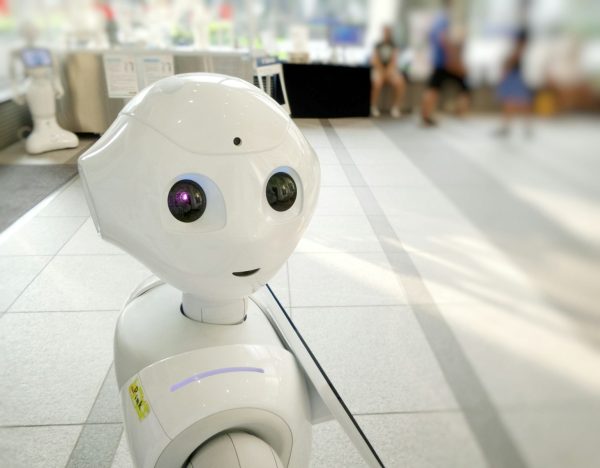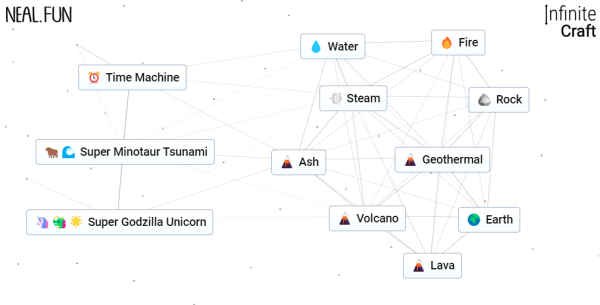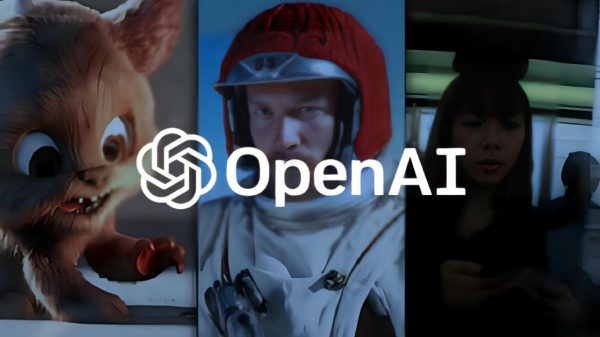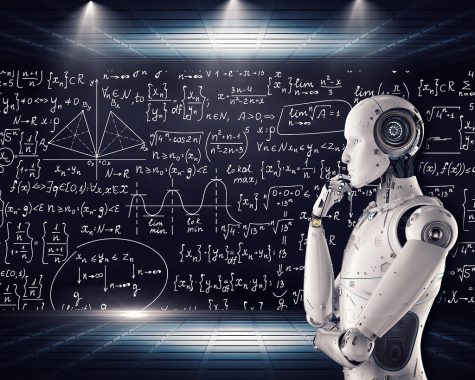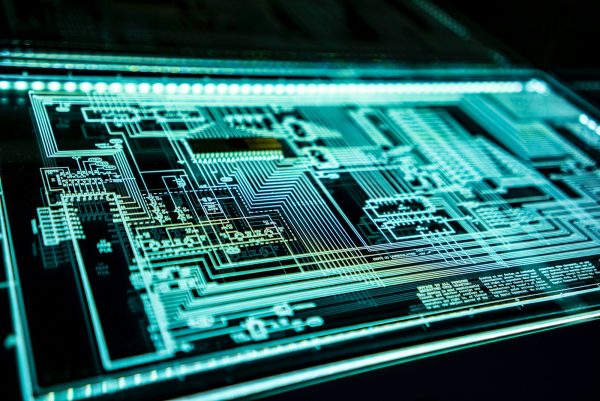Deep Blue The Chess Computer That Beat A World Class Champion
A supercomputer developed by IBM defeated the former World Class Champion at chess
Source: Jim Gardner - thejimmyjob.com
“Deep Blue” by James the photographer is licensed under CC BY 2.0.
What is Deep Blue?
Deep Blue is a supercomputer and A.I. (artificial intelligence) that can play chess. It started as a college project but then, it was further researched by IBM. The A.I. was able to defeat former World Class Champion Garry Kasparov.
The Origin of Deep Blue:
In 1985, the project was started by Feng-Hsiung Hsu called ChipTest. The creator Feng-Hsiung Hsu won the North American Chess Championship prize. Then, he created a new and improved successor of ChipTest creating a new project named Deep Thought after a machine in the book, “The Hitchhiker’s Guide to the Galaxy” by Douglas Adams. The purpose of Deep Thought was to defeat a world-class champion in chess in 1988. Eventually, he and his team joined IBM in 1989 to do further research and development.
How Does It Work?
Deep Blue is a supercomputer with processors. The processors are 30 chips called “SP” and another 480 chips called “Chess Chips.” Each chip type has its purpose. There are 3 layers to the algorithm of the computer.
Out of the 30 SP chips, 10 of them are masters and the rest 20 are worker chips. Masters will search for the top levels in a place of data called a “game tree”. A game tree according to Professional-Ai’s website is “a graphical representation of all the possible moves from the initial stages of the game.” After the top levels are searched, the masters will send the information to the workers. Workers will now take the information from the masters and examine the positions even further. Workers carry information to the chess chips. The chess chips then further calculate the low levels of the game tree.
–So basically, this algorithm is like a country. The state is the outer layer. The city is the inner layer. And the street is the innermost layer.
Matches:
In the next 8 years, Deep Blue played 3 matches against the Grand Champion Garry Kasparov.
In the first match in 1989, Deep Blue (or Deep Thought at the time) faced Kasparov in a 2-match game. Kasparov won the match with ease.
Later, IBM would hold a contest to rename the supercomputer. “Deep Blue” is the name that won the contest. The name includes the “Deep” and a portion of IBM’s nickname “Big Blue” which results in the name, “Deep Blue”. This name was submitted by Peter Fitzhugh Brown.
7 years after the first match, in 1996 Deep Blue rematches Kasparov in a 6-game match. Deep Blue performed better this time. However, Deep Blue did not win the match and Kasparov did. The score for the 2nd match is 2-4.
An incredible amount of Deep Blue’s hardware would improve. The supercomputer was now twice as powerful as it was before it got upgraded.
Deep Blue would challenge Kasparov for the last time only a year later. But now this time, the world watched a man vs machine chess game. Kasparov was able to win the -first game but as the games went on, Deep Blue would tie 3 games and even win 2 games. Leaving the score at 3 1/2-2 1/2. Which meant that Deep Blue won, and Garry Kasparov lost.
Deep Blue Now:
Deep Blue was deconstructed. Parts of it are now in the Computer History Museum. You can still visit there and see the beast itself.
This supercomputer was researched and built over 20 years ago with basic A.I. methods. Now, there are A.I. types that acts like a human brain which is called a neural network. So, if Deep Blue’s A.I. happened 20 years ago, how good is our current Chess A.I. now? Well, our chess A.I. has not only improved after deep blue but its method of calculating positions has changed. One of the best Chess A.I.s right now is stockfish. Stockfish uses a neural network that as mentioned before, can act like a human brain. Not only that but it is also open source. That means that everyone can get the real code for stockfish, and they can program their own code that improves it even better.
Deep Blue was a revolutionary machine. It showed that we can rely on machines to do work for us. It showed that there is really big potential for A.I. And now, A.I. is only getting better.
RELATED LINKS:
https://en.wikipedia.org/wiki/Deep_Blue_(chess_computer)
https://www.professional-ai.com/deep-blue-algorithm.html
https://www.history.com/this-day-in-history/kasparov-defeats-chess-playing-computer
https://www.chess.com/article/view/deep-blue-kasparov-chess
https://www.chess.com/terms/chess-engine
TAKE ACTION:
See the exact moves of the chess games of Deep Blue vs Garry Kasparov


